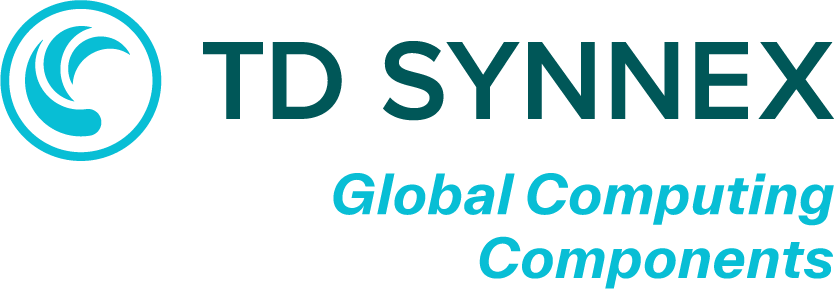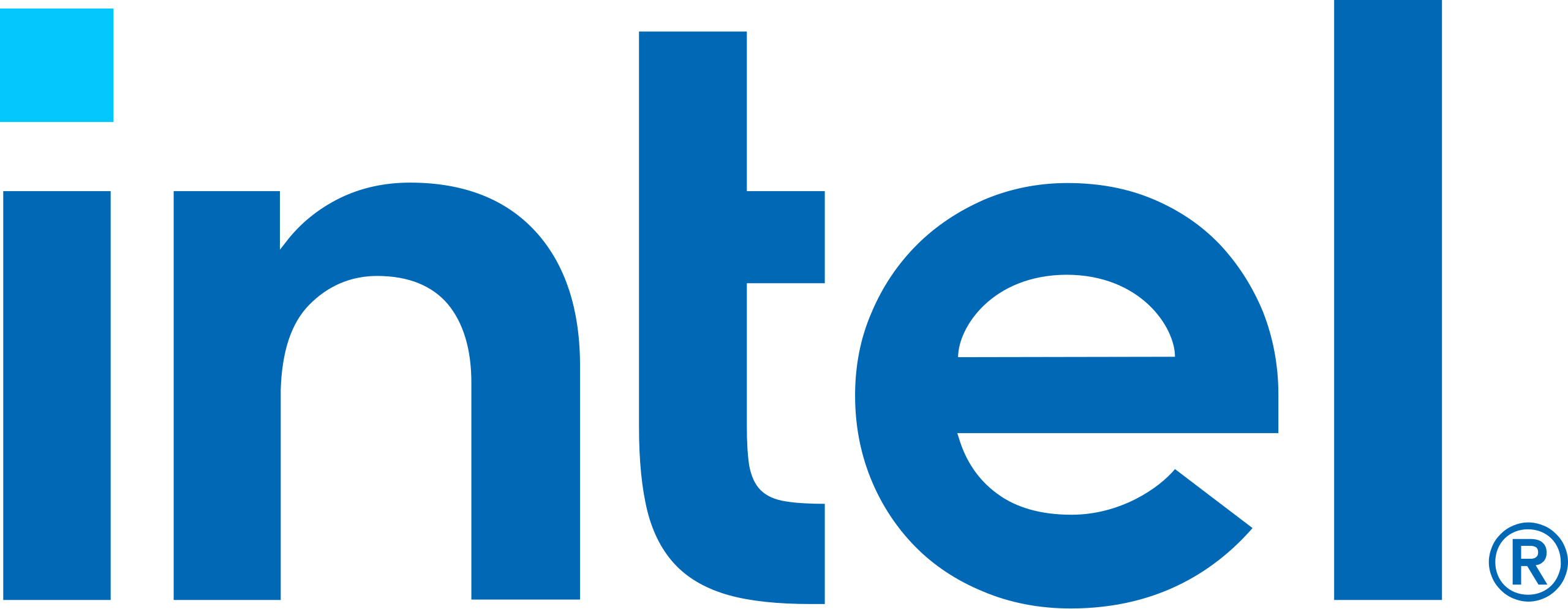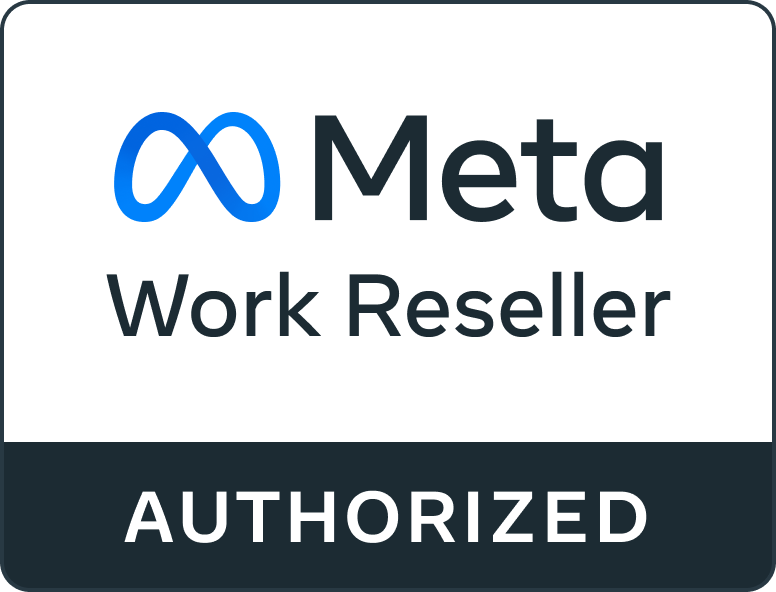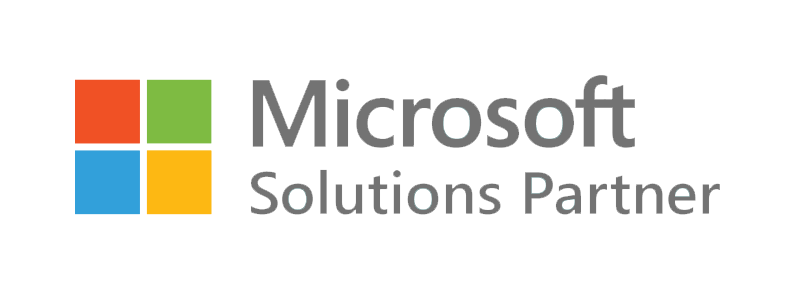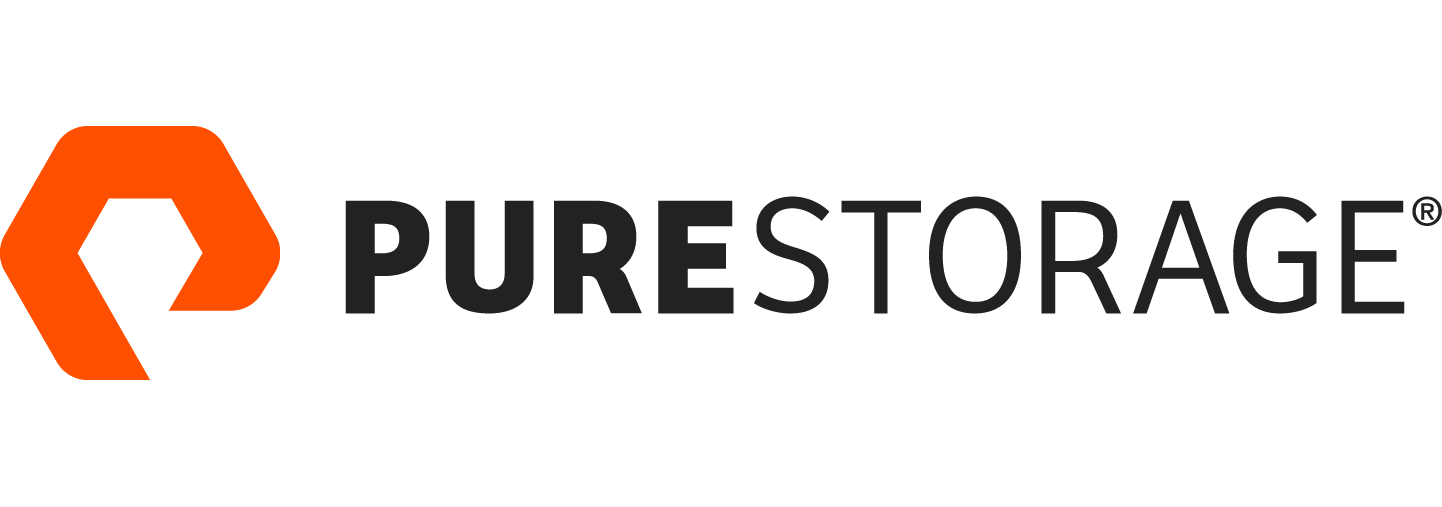With so many changes in the way networks are being used HPE Aruba provides an excellent tool for network managers.
The drive for increased operational agility is placing your clients’ networks under enormous strain. As well as constantly fighting to provide enough bandwidth for operations, their IT team will also be trying to prepare their infrastructure to support new ways of working in response to regularly changing strategy.
Here are five of the challenges your customers face – and how you can help overcome them with HPE Aruba technology.
1. Security
As the General Data Protection Regulation (GDPR) comes into force, network security becomes even more important. As well as potential damage to corporate reputation, breaches will also carry potentially huge fines – up to 4% of global turnover.
Your clients need to standardise security across their entire network, without compromising performance. HPE Aruba units use enterprise-grade security protocols to prevent network ingress, and to protect against interception. Your clients will also benefit from the ClearPass security system which uses intelligent traffic analysis to identify and block suspicious activity autonomously.
Using HPE Aruba, your clients can improve security and reduce their administrative overheads, helping to reduce total cost of ownership in the process.
2. Bring Your Own Device (BYOD) proliferation
The value of BYOD is no longer in question – and your clients are keen to realise those benefits. But with so many devices in play, WiFi networks are operating at full capacity. The problem becomes even more acute when considering the modern user who is reliant on multiple devices for their role.
HPE Aruba networking infrastructure scales organically to deliver increased bandwidth and connectivity options. And using the ClearPass management system, your clients can extend secure self-service functions to their BYOD users, relieving the IT team of the administrative burden of enrolling devices and managing configurations.
3. Internet of Things
The Internet of Things (IoT) is set to become the ultimate tool for increasing operational efficiency. Using smart sensors, your clients can monitor their processes and identify bottlenecks that can be addressed. Advanced deployments even allow a degree of autonomy, allowing systems to adjust output or correct errors without human intervention.
Aside from the additional WiFi bandwidth overheads, each sensor also needs to be configured and monitored. The HPE Aruba software controls greatly simplify these administrative tasks, particularly where devices need to cross between protected networks without introducing new security risks.
4. Mobile apps
The productivity gains of BYOD are tempered by the potential for disaster when connecting end-user devices to corporate resources. Although your clients undoubtedly recommend “approved” apps for work to their end users, many will ignore these guidelines and try to use their own.
This may not seem to be a problem in itself until you consider the security implications. Malware infected apps are becoming increasingly common. And some simply do not store data securely on the user’s device.
ClearPass OnGuard automatically scans devices as they connect to the company network, ensuring they comply with pre-defined network safeguards. Should a device fail the check because it shows signs of suspicious activity, it will be prevented from joining the WiFi network. This level of automation stops the spread of malware at the perimeter, saving time and money that would be otherwise lost clearing up an infection.
5. The cloud
Cloud-first strategies are becoming increasingly common as businesses replace costly on-site applications with hosted alternatives. Indeed, almost every operation can be moved to the cloud, offering your clients an opportunity to significantly reduce capital spend on server hardware.
Again, bandwidth becomes integral to the strategy – if your clients cannot access hosted resources quickly, productivity immediately falls. When fighting BYOD and IoT for bandwidth, cloud application performance will be reduced.
Although HPE Aruba switches support advanced traffic shaping and management options, the underlying software provides additional options. HPE Aruba switches monitor the traffic passing through them, and to take action automatically according to rules defined during deployment. Where a switch detects high importance traffic, it is assigned additional bandwidth to ensure a consistently good experience. The switch will also pass these observations down the down the chain, ensuring further consistency from point-to-point.
HPE Aruba – the answer to your customers’ changing needs
At the heart of your clients’ IT projects is a desire to leverage technology to improve operations, and the service offered to their customers. But to do so they will need a solid, reliable, secure network. Fortunately HPE Aruba has solutions to all five of these requirements, and could help your business reach its own growth goals.
– With GDPR coming into force soon the security strengths of HPE Aruba are a key selling point.
– HPE Aruba allows network managers to get full control of their networks while coping with mobile, Iot and BYOD.
– This is a flexible, cost effective solution with scope for expansion.
To learn more about the challenges facing your customer and how TD SYNNEX and HPE Aruba can help, take a look at our eGuide.
Take a look at our other blog posts




